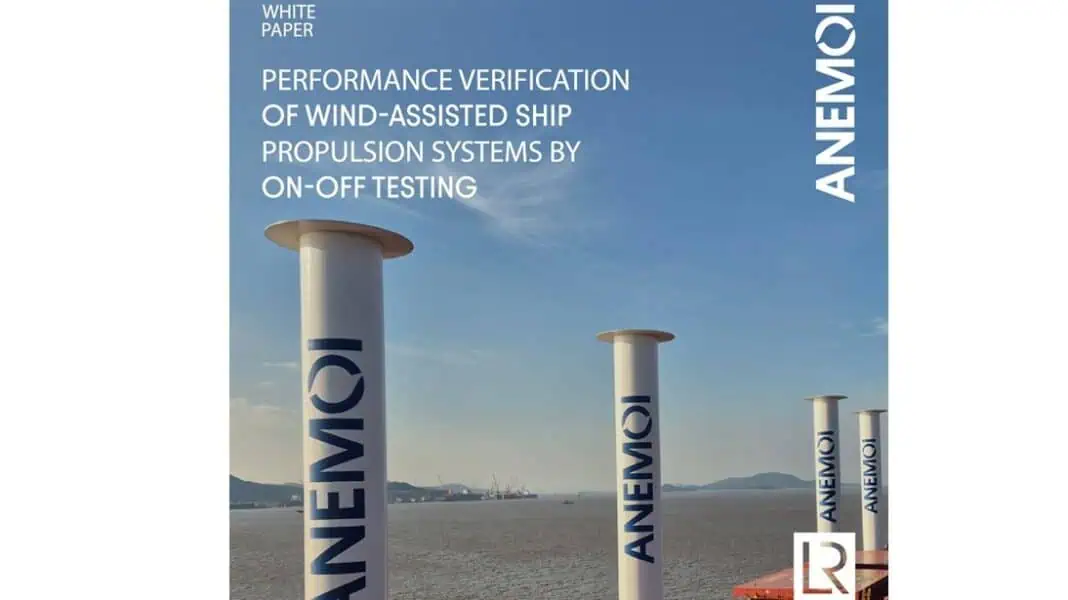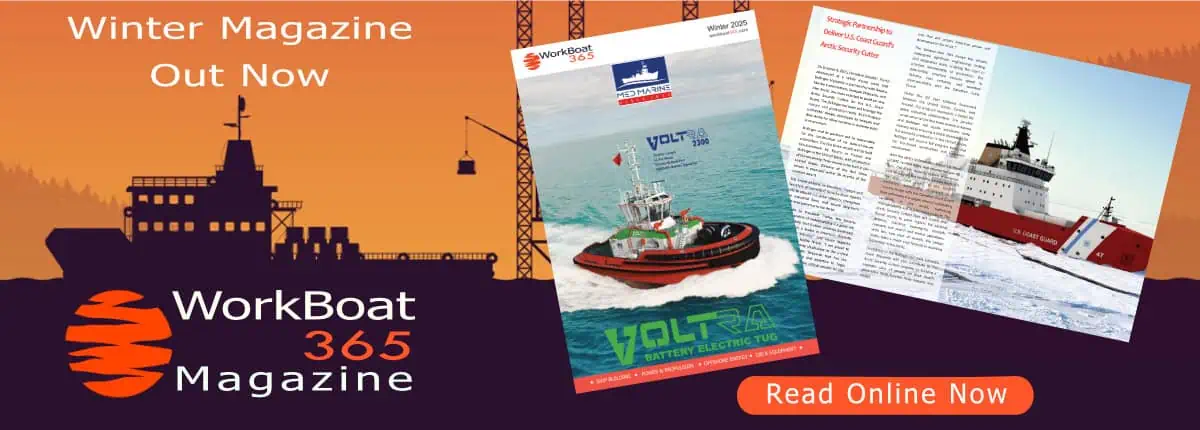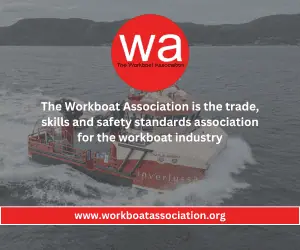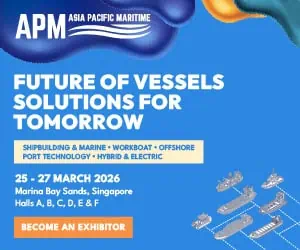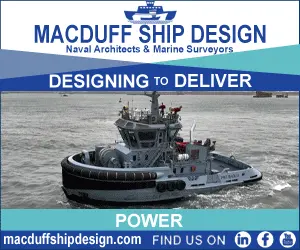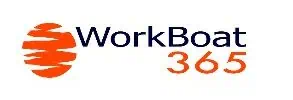Anemoi Marine Technologies has developed an innovative in-service performance verification process designed to reduce costs and complexity for ship operators while enhancing the accuracy of assessing wind-assisted propulsion systems. This new methodology addresses key barriers to adoption, enabling the maritime industry to more confidently harness the climate-neutral, energy-saving benefits of wind-assisted propulsion.
The process, validated by the class society Lloyd’s Register Advisory, involves measuring vessel data when the wind-assisted propulsion system is turned on and off while encountering various conditions during regular operation. The data is used to calibrate predictions on forces generated by the rotor sail system and their impact on the vessel, which can be used to predict voyage fuel savings with high levels of confidence.
Anemoi Technical Director, Luke McEwen, said: “With this paper, our aim is to bring greater transparency and consistency to the evaluation of wind-assisted propulsion systems. By describing our performance assessment methodology in detail, we hope to contribute meaningfully to the wider industry discussion and move closer to a standardised framework that enables clear, comparable results across all WAPS technologies. While various approaches exist, a unified standard will be key to supporting informed decision-making and accelerating decarbonisation in shipping.”
The methodology – published in the new whitepaper, Performance Verification Of Wind-Assisted Ship Propulsion Systems By On-Off Testing – can be used for all wind-assisted propulsion solutions, not just Anemoi’s Rotor Sails. It overcomes the challenges of applying traditional methodologies, such as ISO 19030, to WAPS assessment and eliminates costly operational changes, such as taking vessels off hire to perform dedicated WAPS sea trials, which are proposed by some standards. Lloyd’s Register Advisory confirmed that these benefits are accrued while improving the accuracy of overall fuel saving predictions.
Lloyd’s Register Advisory Ship Performance Manager, Dr. Santiago Suarez de la Fuente, added: “The current standards and guidelines around wind-assisted propulsion verification are relatively sparse, and an opportunity exists for a process that is robust, widely adopted, and transparent. Anemoi’s methodology achieves this, allowing for predictions of performance to be applied to the entire range of conditions that a vessel and the system will encounter, without tests needing to be conducted in every condition.”
The model developed using Anemoi’s process can be used throughout the life of the vessel to generate accurate fuel savings values, either in real time or on a voyage-by-voyage basis. It also enables the creation of advanced predictive tools that can estimate the power and fuel savings of WAPS-equipped vessels in a wide range of conditions.
Anemoi and Lloyd’s Register Advisory recently announced the results of the TR Lady Kamsarmax, equipped with three of Anemoi’s 5m diameter, 24m tall Rotor Sails, assessed using the methodology outlined in the paper. Following a year-long, multi-voyage testing period, the robust approach demonstrated average net propulsion fuel savings of 9.1% and 7 tonnes of CO2e per sailing day.
Commenting on the TR Lady’s performance testing, Chris Hughes, Decarbonisation Specialist at Cargill, the vessel’s charterer, said: “Building up an accurate understanding of the real-world, on-ship performance of technologies is a key piece in the wind assist propulsion puzzle. By combining the data from more than 167 rotor on/off tests that were conducted by the TR Lady, together with the independent verification from LR, Anemoi instilled confidence in the accuracy of their analysis. We have already used the results of this study to fine-tune our weather routing digital twins for TR Lady, and it will also help inform future decisions on deploying wind assist across our fleet.”



